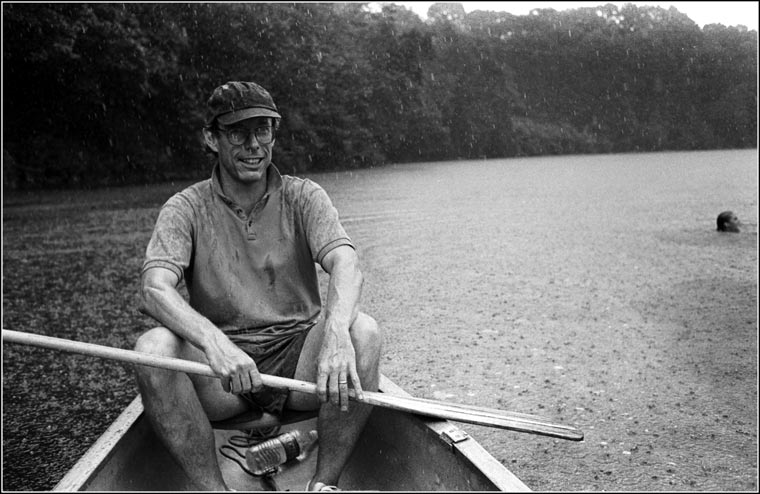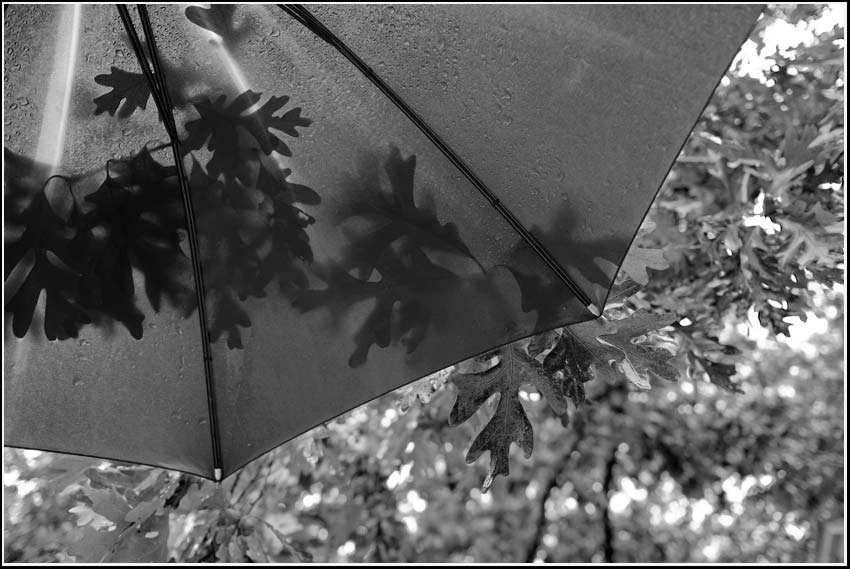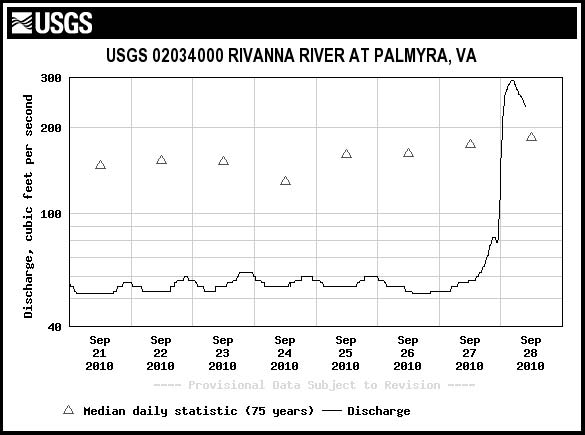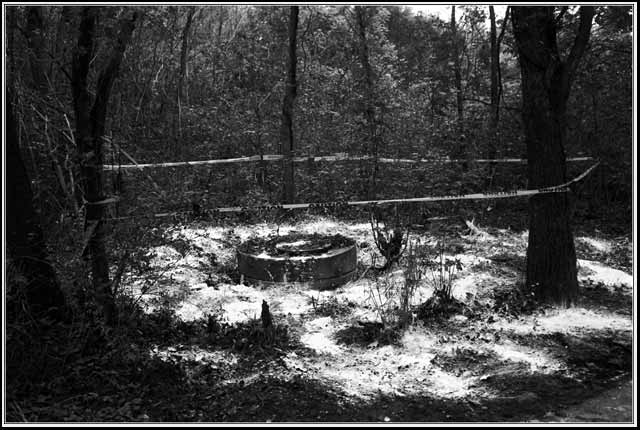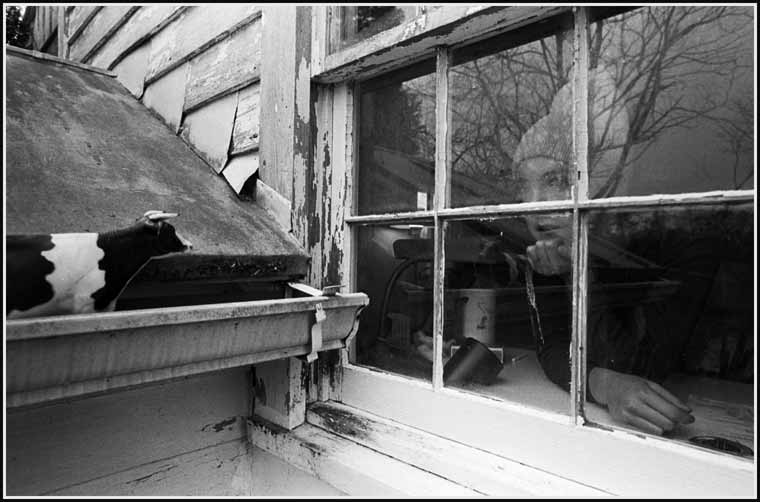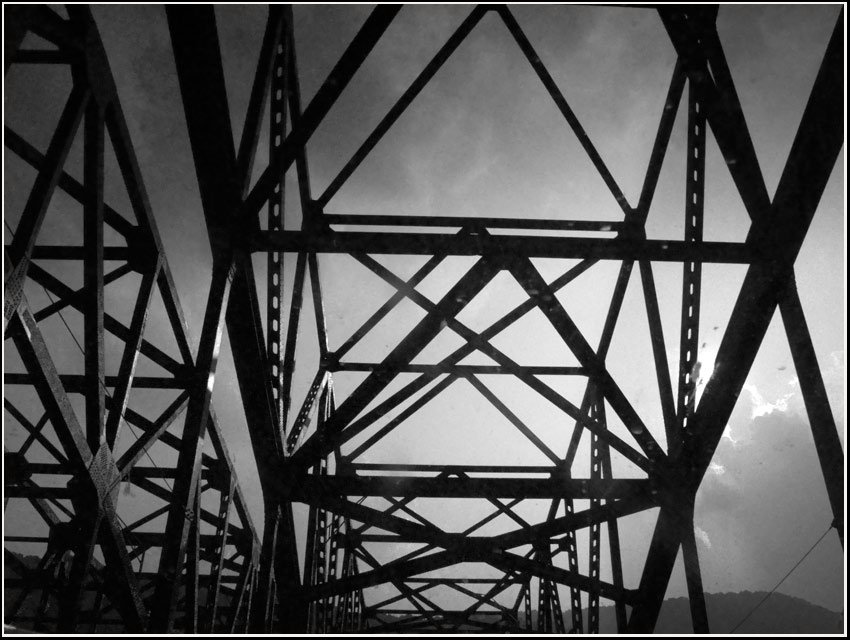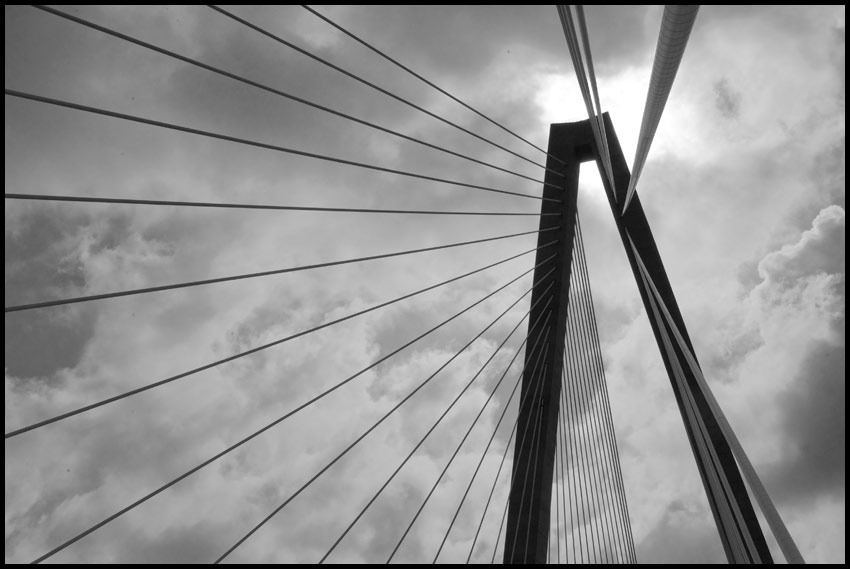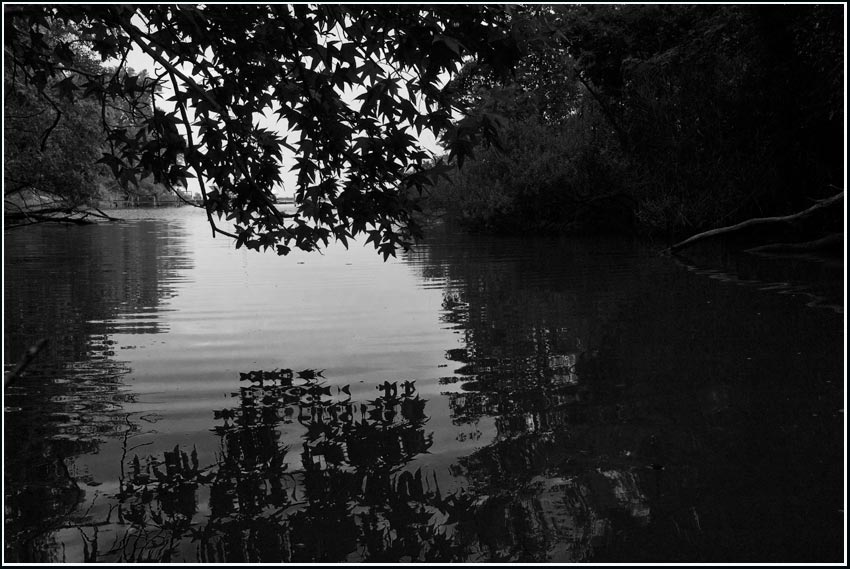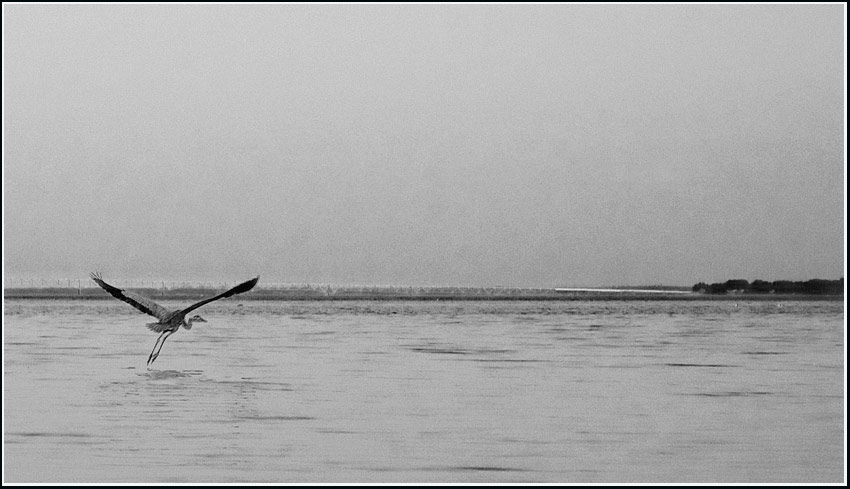
Tom Frederick of the RWSA and Janice Carroll of Hazen Sawyer confer during slide presentation regarding RWSA’s Rivanna Interceptor Sanitary Sewer Pumping Capacity Improvements.
The Rivanna Pump Station is currently located adjacent to Riverview Park, at the end of Chesapeake Street in the Woolen Mills neighborhood.
Woolen Mills Neighborhood Association president Victoria Dunham summarizes the four pumping station options presented by the RWSA below…
The RWSA has presented four potential options. The new station will have a bigger footprint, but will also need to be taller because the electrical equipment has to be above the 100-year flood level.
Option A leaves the pumping station in roughly the same vicinity, but enlarges it and moves it closer to Bev and Dimi’s house. For the many folks in the neighborhood who have fought the good fight for so many years re odor and eyesore, this is a discouraging option. They say it probably won’t smell this time. but that’s one heck of a gamble for us to take as a neighborhood. Needless to say, this is the cheapest option.
Option B moves the pumping station down into the park. That will necessitate a lot of clearing and a road system into the park to service the station. As the park was always intended to remain as untouched as possible, and this solution would shrink the acreage a bit, this is alarming.
Option C moves the pumping station onto their own property (the main plant), which make a lot of sense. There’s a significant problem with this however, because the RWSA would have to acquire an easement across four properties along E Market St. As a neighborhood, we would need to be absolutely certain that those four neighbors were completely fine with that. (I’m not 100% sure exactly which of the properties would be impacted, but guess it would be from Jon Fink and Roger Voisinet, on down the north side of the street to the old mill property. The pipe would be placed 30ft deep, which is one heck of a trench to be dug in one’s back yard.
Option D moves the pumping station across the river on the opposite bank, which is owned by State Farm. From an environmental justice perspective, this is a sound solution. When one considers the negative quality of life suffered by our neighborhood at the hands of the RWSA over the last 30+ years, this is a mighty tempting option. Needless to say, it’s also the most expensive.
To see RWSA’s powerpoint and learn more visit…
http://www.rivanna.org/pumpstation/index.htm
Past contretemps with byproducts from the RWSA’s service region:
compost
wastewater
biosolids
mother of all outhouses


